
concrete5 Beginner's Guide (2nd Edition)
¥80.65
This is a beginner's guide, which takes a clear, step-by-step approach to guide you through the process of creating and adding functionality to your site. This book is ideal for developers experienced with HTML and CSS and possibly PHP as well as JavaScript, who would like to build their first site with concrete5. Some knowledge of PHP, MySQL, or HTML would be useful, but no experience with concrete5 is expected.
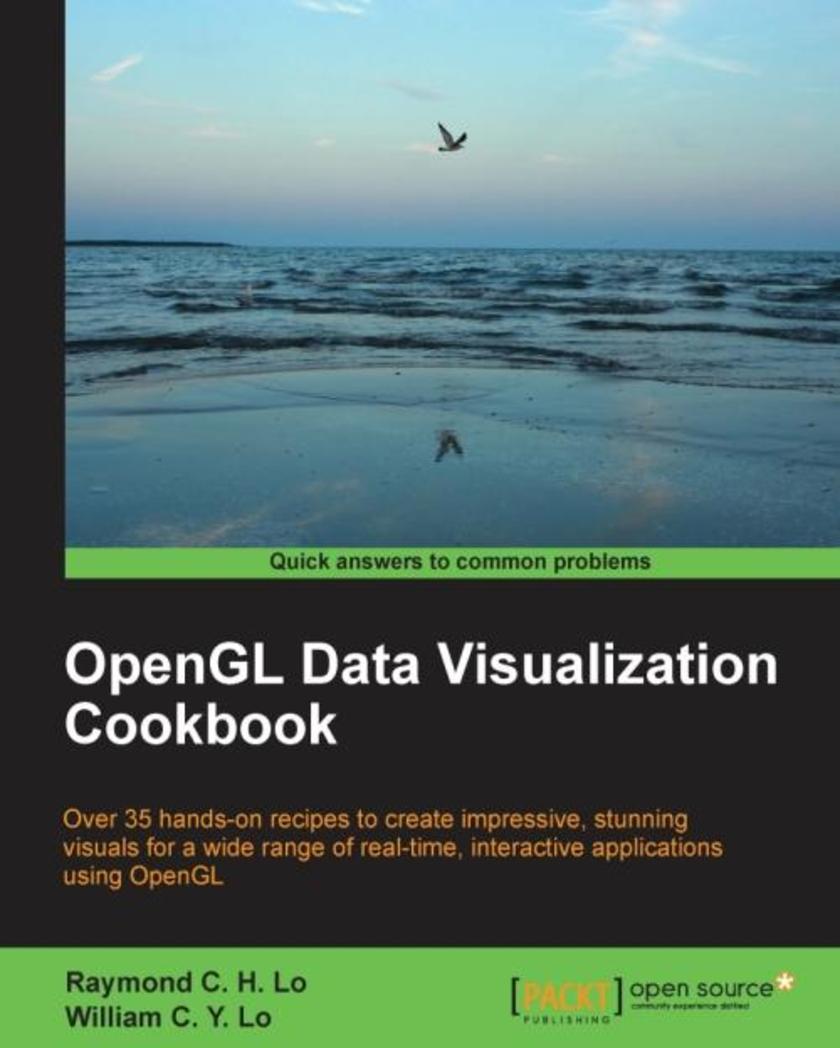
OpenGL Data Visualization Cookbook
¥90.46
This book is aimed at anyone interested in creating impressive data visualization tools using modern graphics hardware. Whether you are a developer, engineer, or scientist, if you are interested in exploring the power of OpenGL for data visualization, this book is for you. While familiarity with C/C++ is recommended, no previous experience with OpenGL is assumed.

Instant Oracle BPM for Financial Services How-to
¥50.13
Filled with practical, step-by-step instructions and clear explanations for the most important and useful tasks. This book is a practical Packt How-to guide that is designed to provide targeted information for experienced BPM professionals in the financial sector. This book will be ideal as a pocket guide for people working with BPM for financial services. It is a short reference for financial analysts, business process owners, process participants, business process developers, and SOA and BPM architects and developers.
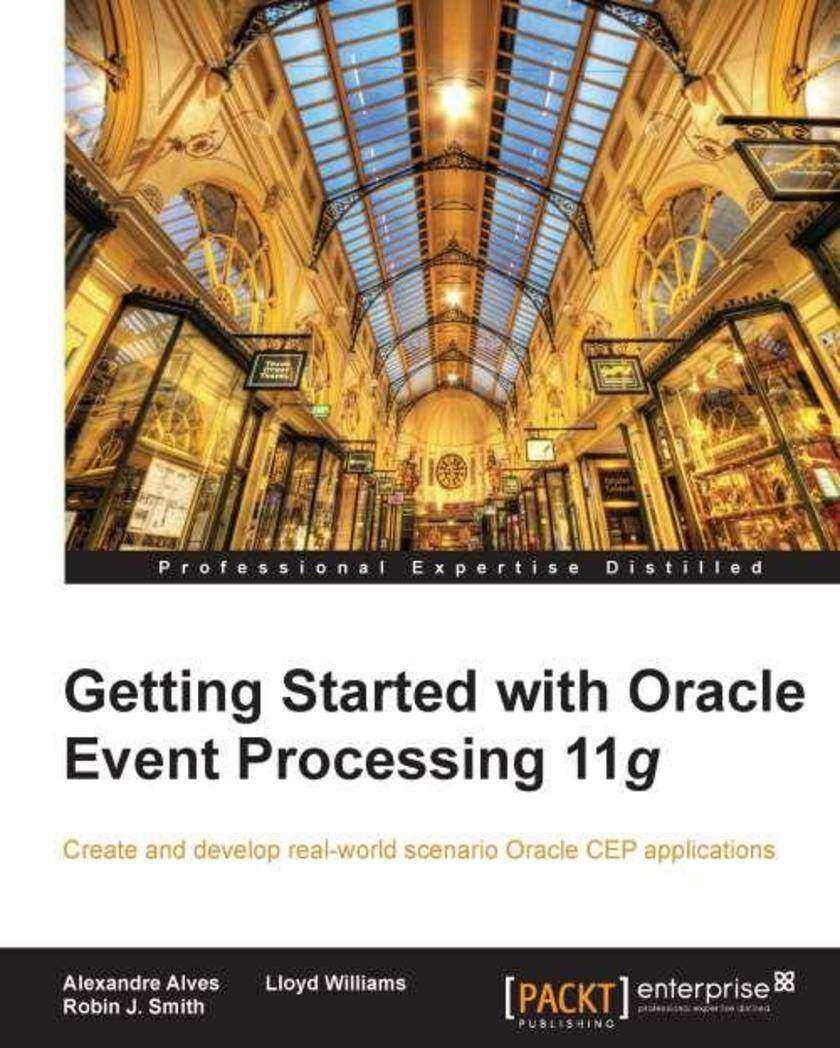
Getting Started with Oracle Event Processing 11g
¥90.46
This getting started book will use practical chapters which follow logical and progressively more complex tasks and examples, which will impart the skills of how to use Oracle Complex Event Processing to the reader. This book is aimed at both those with some knowledge of java and SQL database experience, but it is also written so that if you are completely new to this topic you will understand this new technology domain no matter your background or industry.

Windows Azure programming patterns for Start-ups
¥80.65
This book follows a step-by-step approach with clear transparent instructions, screenshots and code samples. This book is intended for Microsoft .NET developers who want to leverage the power of cloud and build a brand new service from scratch; it assumes a basic understanding of the .NET framework and C#.

Microsoft System Center Data Protection Manager 2012 R2 Cookbook
¥107.90
If you are a DPM administrator, this book will help you verify your knowledge and provide you with everything you need to know about the 2012 R2 release. No prior knowledge about System Center DPM is required, however some experience of running backups will come in handy.
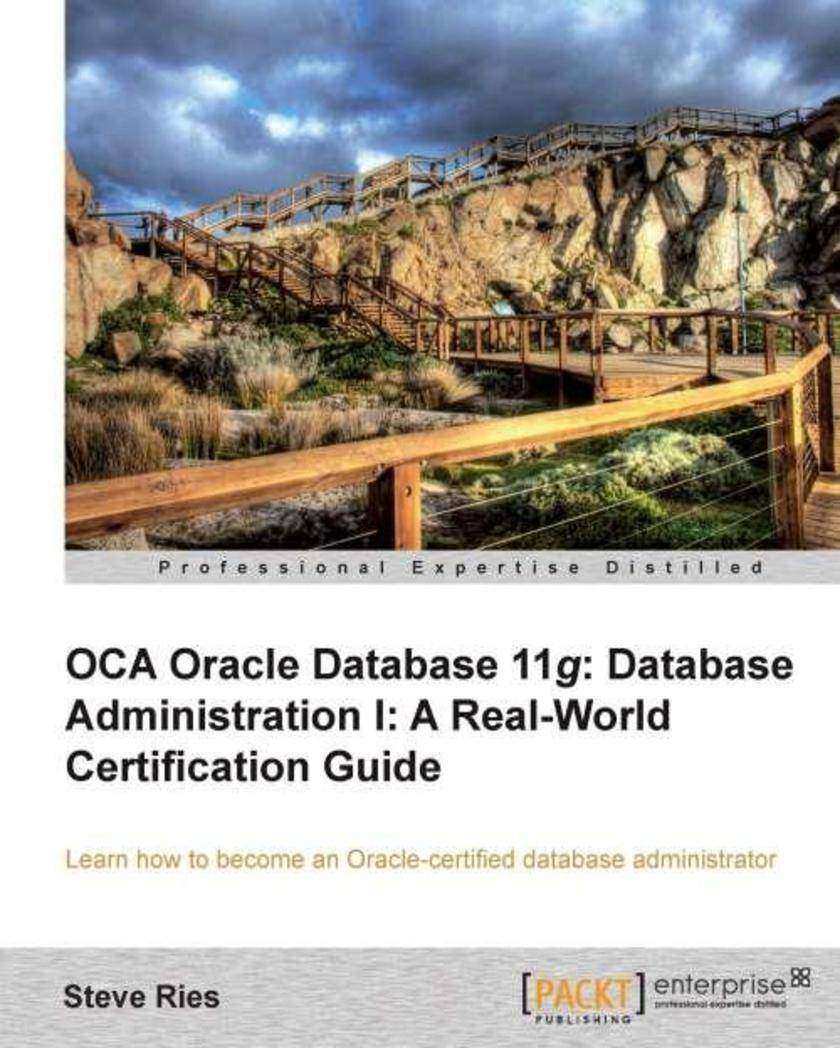
OCA Oracle Database 11g Administration I Certification Guide
¥107.90
Developed as a practical book, "Oracle Database 11g Administration I Certification Guide" will show you all you need to know to effectively excel at being an Oracle DBA, for both examinations and the real world. This book is for anyone who needs the essential skills to become an Oracle DBA, pass the Oracle Database Administration I exam, and use those skills in the real world to manage secure, high performance, and highly available Oracle databases.
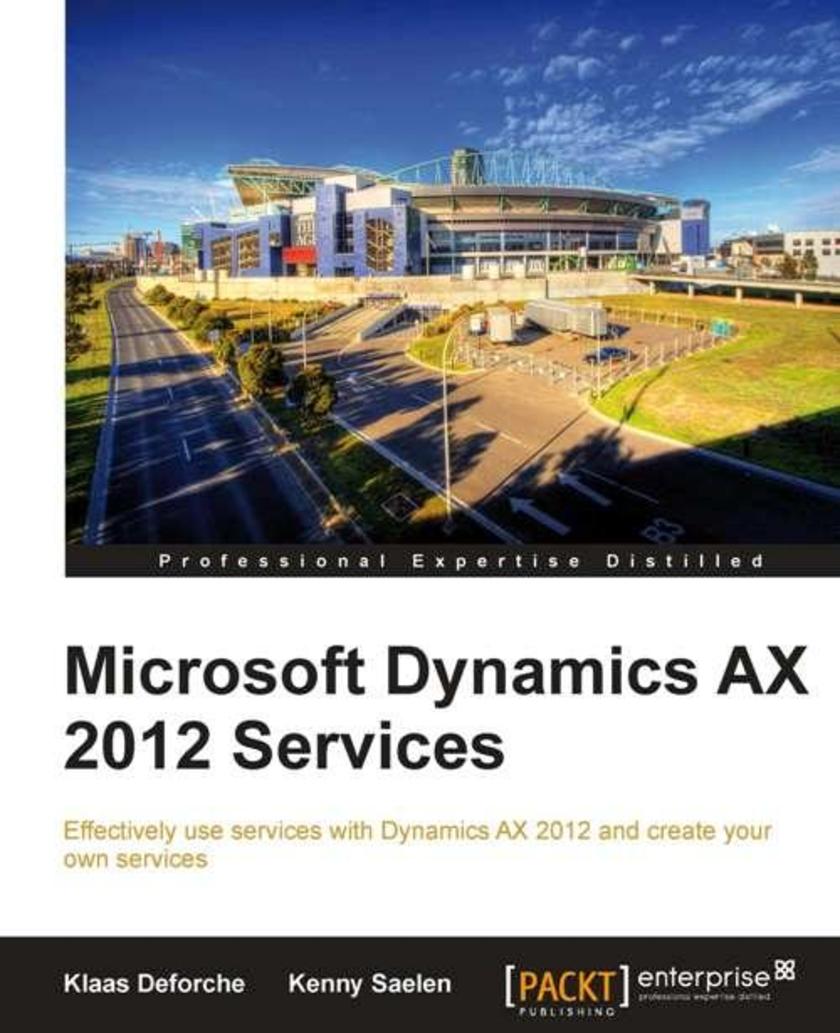
Microsoft Dynamics AX 2012 Services
¥63.21
It's a tutorial guide that provides all the knowledge needed to implement services with Microsoft Dynamics AX 2012. This book is aimed at Dynamics AX developers, both new and experienced with services and Microsoft Dynamics AX 2012. A basic understanding of MorphX and X++ is assumed, but the step-by-step instructions are easy to follow even for beginners. Some examples use C#.NET, so experience with Visual Studio is a plus but not a must.
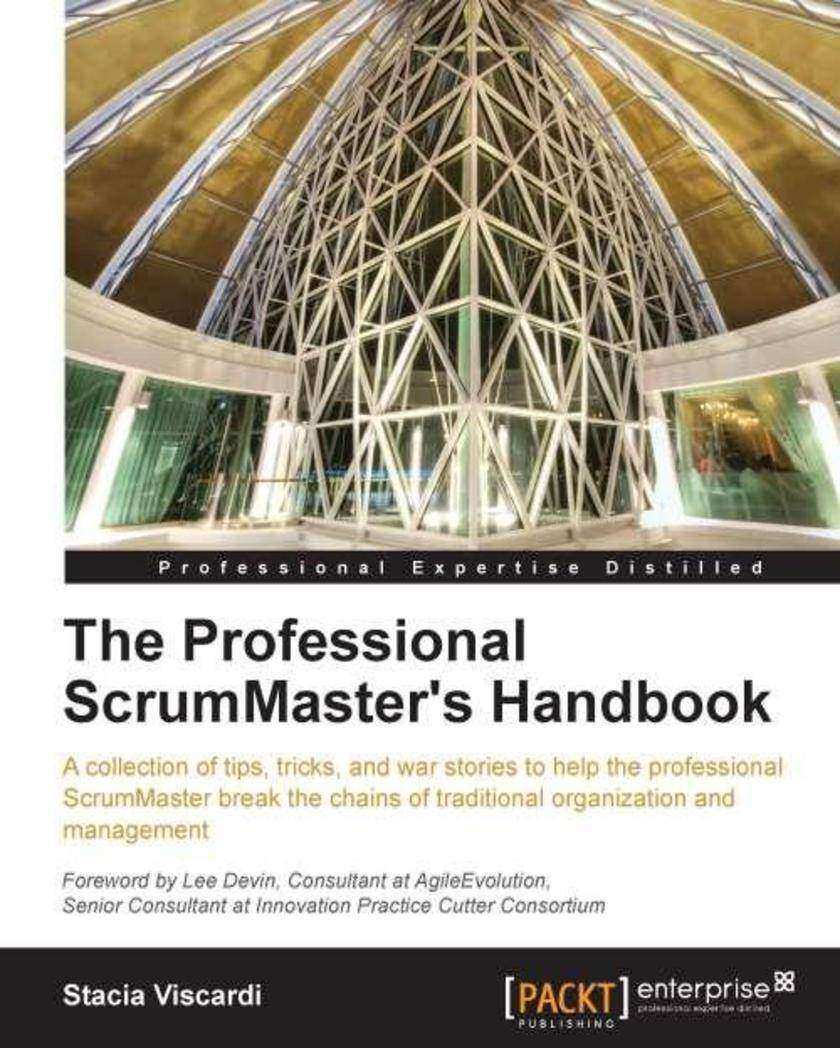
The Professional ScrumMaster's Handbook
¥90.46
Focusing on the ScrumMaster role and responsibilities, this book presents solutions and ideas for common problems, improving the overall methodology of a ScrumMaster's approach. The Professional ScrumMaster’s Handbook is for anybody who wishes to be a true ScrumMaster as the role was originally intended - a fearless, professional, change facilitator. This book extends your working knowledge of Scrum to explore other avenues and ways of thinking to help teams and organizations reach their full potential.
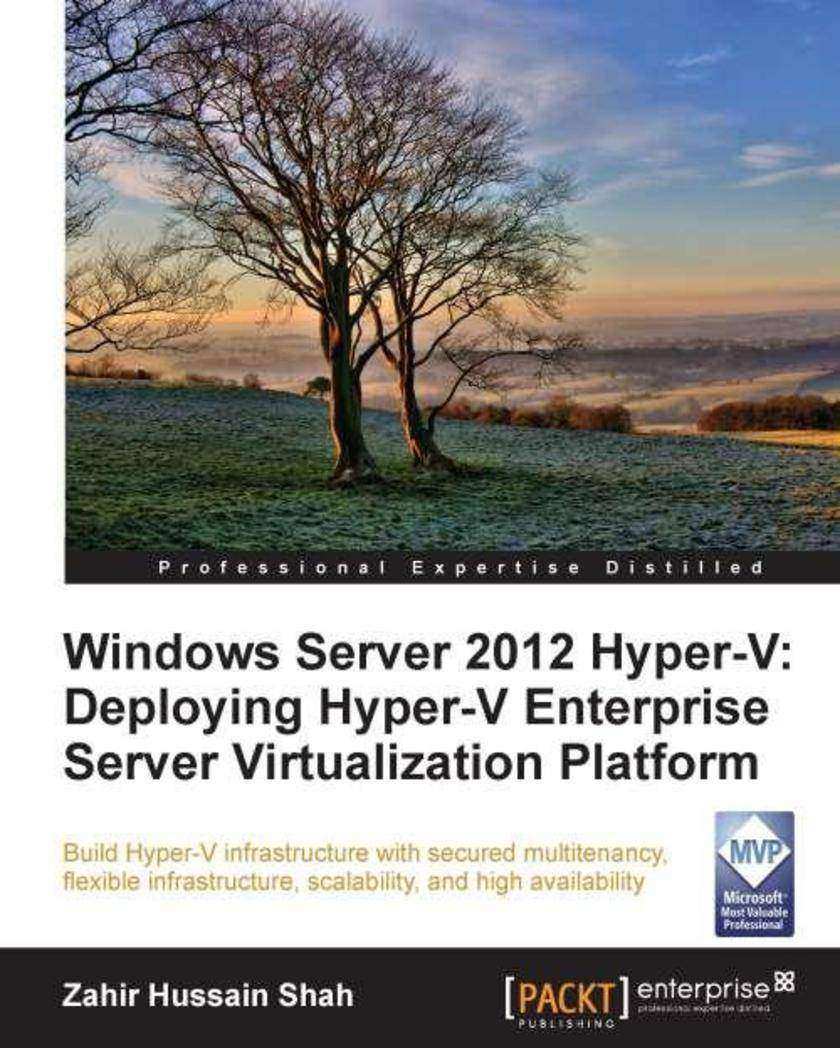
Windows Server 2012 Hyper-V
¥90.46
This books takes a comprehensive tutorial approach with plenty of screenshots and detailed step-by-step instructions. This book is for Windows server administrators, who may not necessarily be familiar with Hyper-V, and also for existing Hyper-V administrators who want to advance their skills in Windows Server 2012 Hyper-V.
![Microsoft Forefront UAG Mobile Configuration Starter [Instant]](https://platform-permanent.ddimg.cn/pt-media-info-soa-resource/digital/product/24/87/1900482487_ii_cover.jpg?version=0015800a-9284-44a4-8d90-e682d496a761)
Microsoft Forefront UAG Mobile Configuration Starter [Instant]
¥50.13
Get to grips with a new technology, understand what it is and what it can do for you, and then get to work with the most important features and tasks. A no-nonsense Starter guide, designed to give you maximum guidance with minimum fuss. This book is written for system administrators, I.T. professionals, unified communication technicians, and decision makers, in general. No knowledge of UAG is required to understand the book and start setting up UAG immediately.
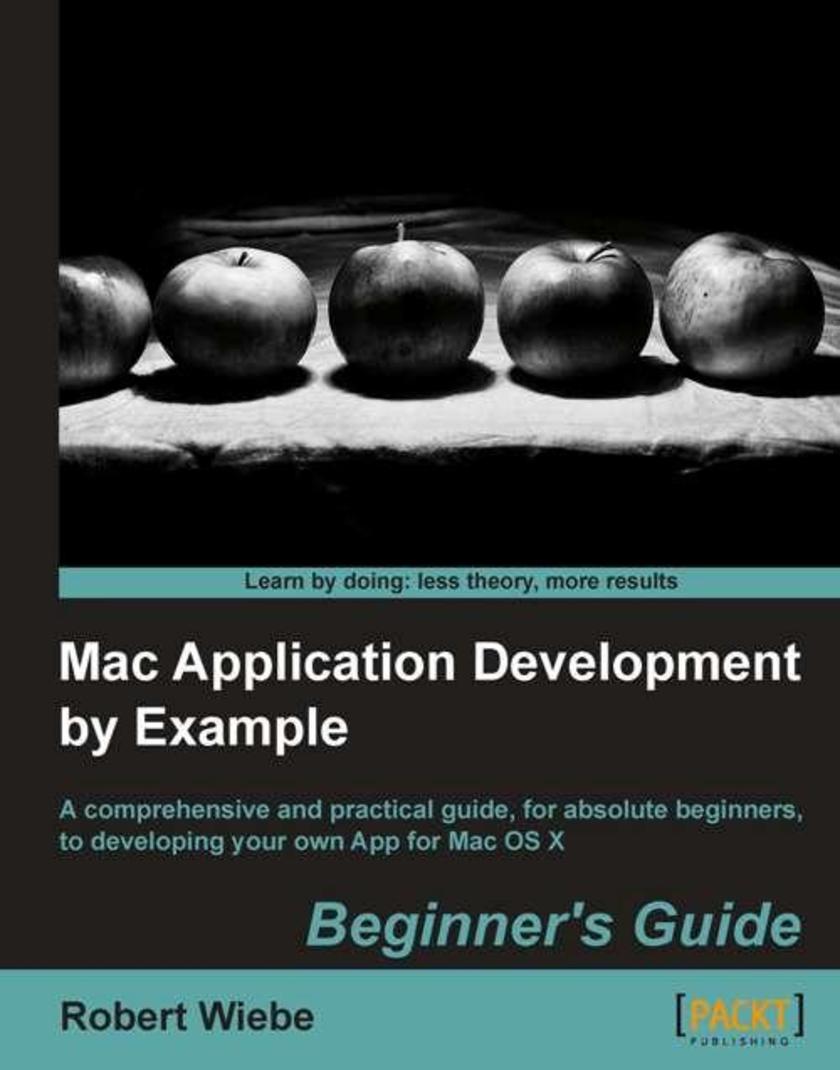
Mac Application Development by Example: Beginner's Guide
¥80.65
This book is a beginners guide that teaches the topic using a learn by example method. This book is for people who are programming beginners and have a great idea for a Mac OS X app and need to get started.
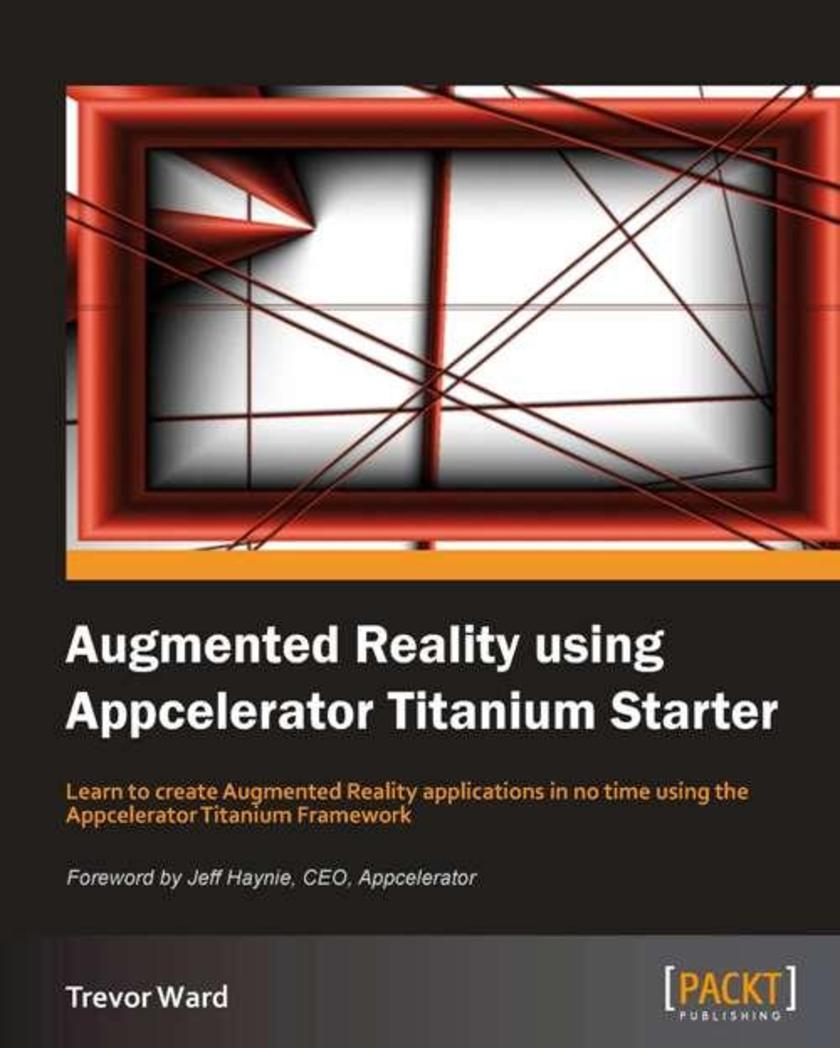
Augmented Reality using Appcelerator Titanium Starter
¥35.96
It's a quick start tutorial to help you get started with creating Augmented Reality applications and acquainting yourself with essential aspects of creating AR applications using the Appcelerator Titanium Framework. The instructions are clear with easy to follow examples. This book is for anybody who wishes to understand how to build an Augmented Reality Application. It uses the Appcelerator Titanium mobile development framework, but the techniques and practices can be applied to other frameworks and native code. You will need to have a good working knowledge of development and JavaScript, it is not aimed at the beginner.
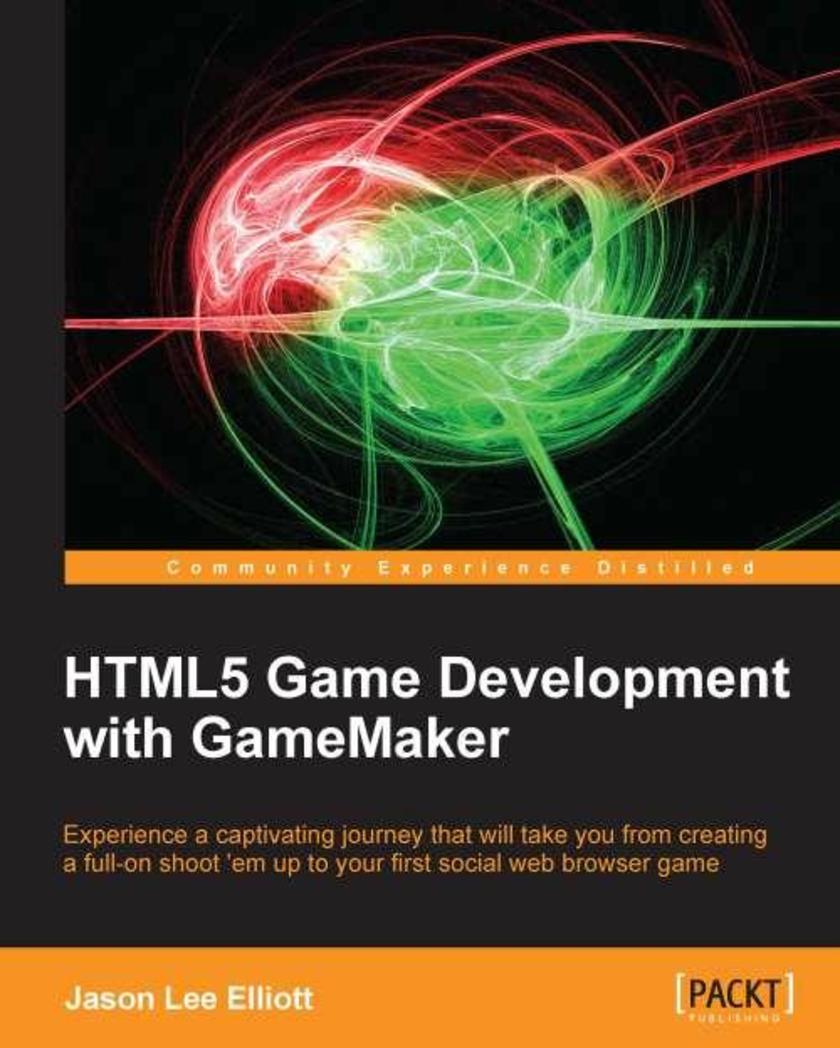
HTML5 Game Development with GameMaker
¥80.65
The book is a friendly but explosive reference for all skill levels, with several action packed projects. You will develop the ability to build games from scratch with a comprehensive practical tutorial guide. This book is assured to boost your skill set to another level. This book is for anyone with a passion to create fun and action packed web browser games using GameMaker Studio. This intuitive practical guide appeals to both beginners and advanced users wanting to create and release online games to share with the world, using the powerful GameMaker tool.

PlayStation?Mobile Development Cookbook
¥90.46
Written as a series of engaging and practical recipes, this essential Cookbook has been meticulously designed and reviewed in order to provide you with the ultimate reference for PlayStation?Mobile development. If you've got some prior experience with C# and want to create awesome projects for the PlayStation?Vita and PlayStation?Certified devices, then this book is for you.
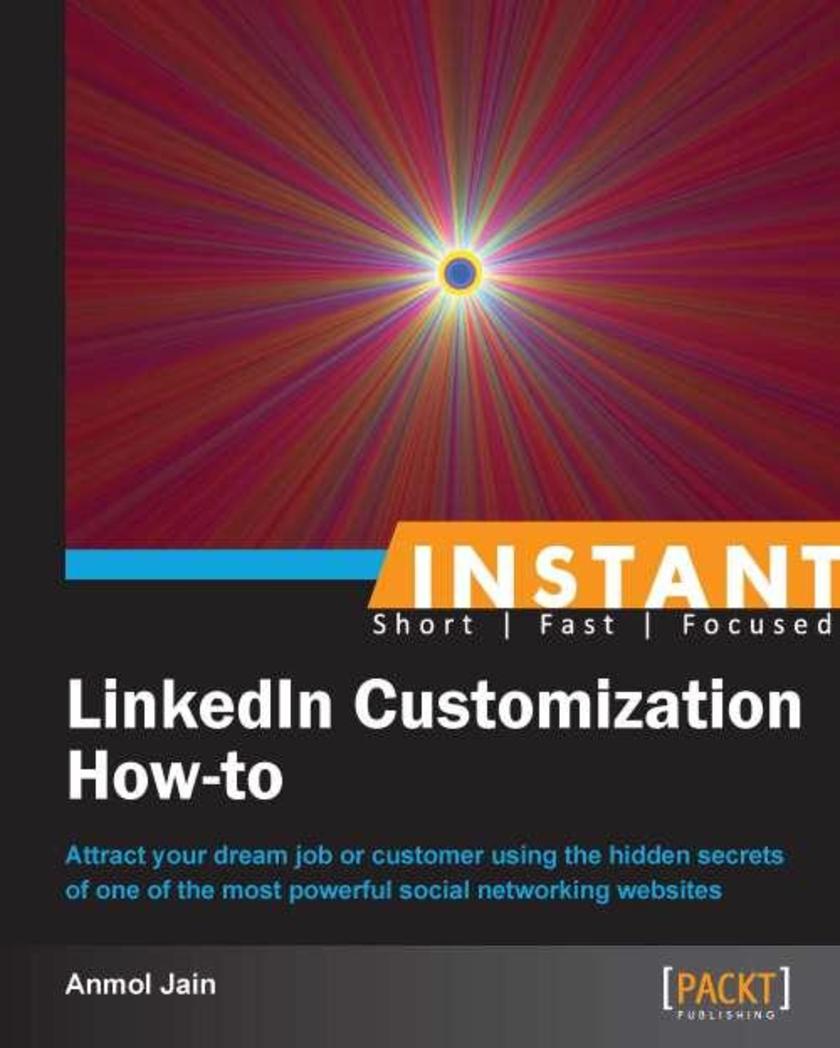
Instant LinkedIn Customization How-to (MnM)
¥35.96
Filled with practical, step-by-step instructions and clear explanations for the most important and useful tasks. Get the job done and learn as you go. Step-by step application of the features of LinkedIn provides a good grounding in creating effective résumés and optimizing your search. If you’re looking for a job, genuinely interested in expanding your lifelong professional network, or simply want to learn about the tips and tricks of LinkedIn, then this is the right book for you.
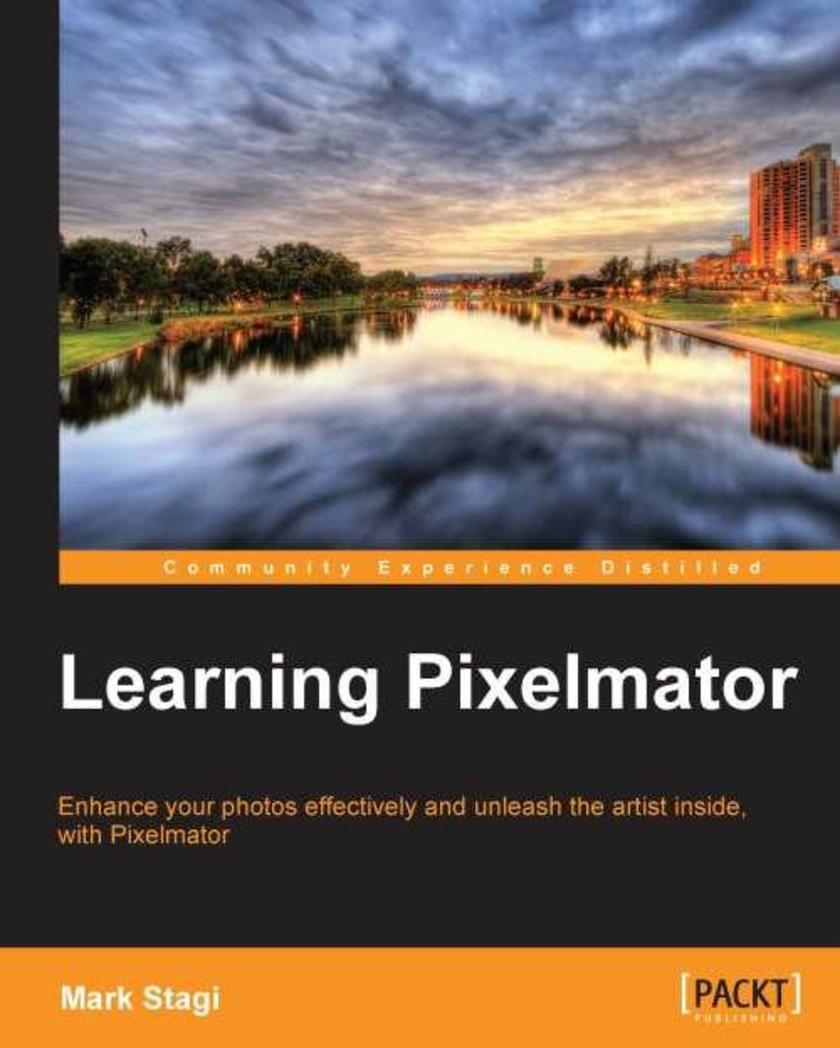
Learning Pixelmator
¥45.77
A fast paced, example driven approach to learning Pixelmator. Learning Pixelmator is great for photographers of any level who are looking to learn to take advantage of Pixelmator to edit images. Without any prior knowledge of image editing software needed, we will start with the basics and move onto more advanced image editing techniques. No matter what your current artistic level is, this book will give you the power to unleash the artist within!
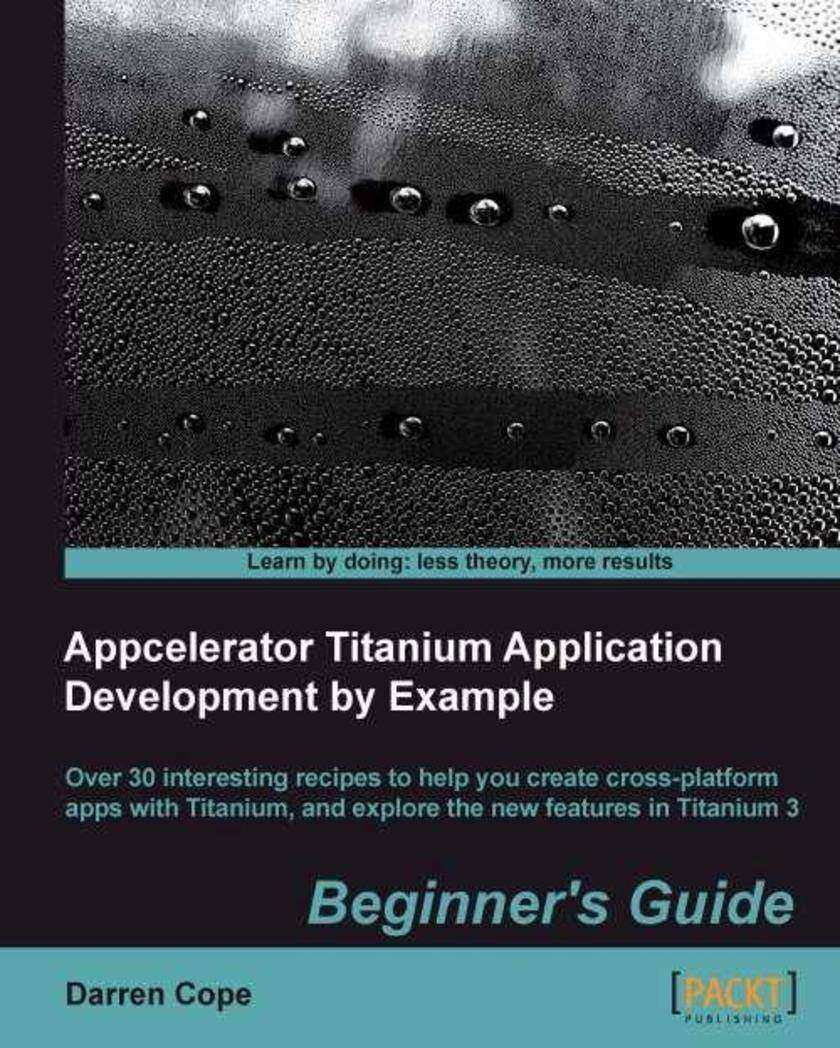
Appcelerator Titanium Application Development by Example Beginner’s Guide
¥90.46
"Appcelerator Titanium Application Development by Example Beginner's Guide" is an example-driven tour of the language that guides you through all the stages of app design. The style is relaxed and friendly whilst remaining concise and structured. If you are new to this technology or curious about the possibilities of Appcelerator Titanium then this book is for you. If you are a web developer who is looking for a way to craft cross-platform apps, then this book and the Titanium language is the choice for you.
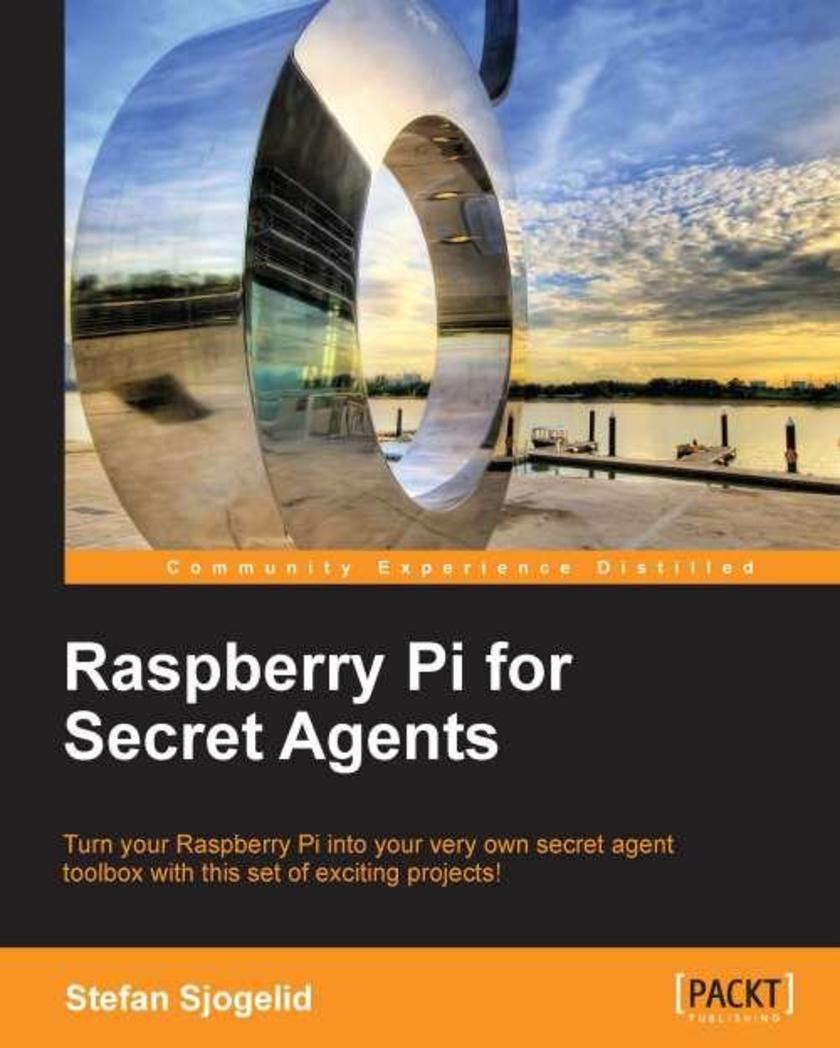
Raspberry Pi for Secret Agents
¥54.49
A playful, informal approach to using the Raspberry Pi for mischief! Raspberry Pi for Secret Agents is for all mischievous Raspberry Pi owners who’d like to see their computer transform into a neat spy gadget to be used in a series of practical pranks and projects. No previous skills are required to follow along and if you’re completely new to Linux, you’ll pick up much of the basics for free. Apart from the Raspberry Pi board itself, a USB microphone and/or a webcam is required for most of the audio/video topics and a Wi-Fi dongle is recommended for the networking examples. A Windows/Mac OS X/Linux computer (or second Raspberry Pi) is also recommended for remote network access.

Microsoft System Center 2012 R2 Operations Manager Cookbook
¥107.90
If you are tasked with monitoring the IT infrastructure within your organization, this book demonstrates how System Center 2012 R2 Operations Manager offers a radical and exciting solution to modern administration.

Instant RESS Implementation: How To
¥41.41
Filled with practical, step-by-step instructions and clear explanations for the most important and useful tasks .Written with developers in mind this guide will show you how to make use of RESS using easy to follow examples and step by step solutions. Using PHP, HTML5, JavaScript and CSS this book will give you a solid foundation in RESS. You will need to have a good grasp of these languages as the techniques used are advanced.




 购物车
购物车 个人中心
个人中心



